If you loved the thrilling space adventure of Mission to Mars (2000), you're in for a treat! This article explores 10 similar movies and shows that capture the same sense of wonder, danger, and exploration. Whether you're a sci-fi enthusiast or just craving more interplanetary drama, these picks will keep you on the edge of your seat.
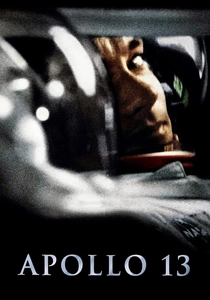
Apollo 13 (1995)
Description: Based on a true story of a space mission gone wrong, showcasing teamwork and problem-solving under extreme pressure.
Fact: The film used NASA's KC-135 aircraft, also known as the 'Vomit Comet,' to simulate zero gravity.
 Watch Now
Watch Now 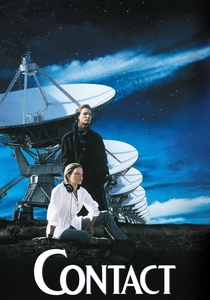
Contact (1997)
Description: Combines scientific inquiry with a deeply personal story about humanity's search for extraterrestrial life.
Fact: The film's depiction of a message from aliens was based on actual scientific theories about interstellar communication.
 Watch Now
Watch Now 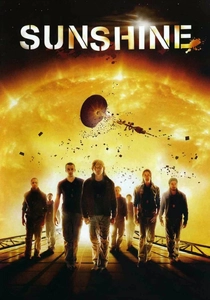
Sunshine (2007)
Description: A mission to reignite the dying sun, blending hard science fiction with psychological and existential themes.
Fact: The film's visual effects were heavily influenced by real solar physics, with the sun's depiction being particularly accurate.
 Watch Now
Watch Now 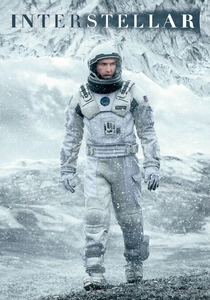
Interstellar (2014)
Description: Explores themes of space exploration, human endurance, and the search for a new habitable world, with a strong emphasis on scientific realism.
Fact: The black hole in the film, named Gargantua, was rendered using equations provided by physicist Kip Thorne.
 Watch Now
Watch Now 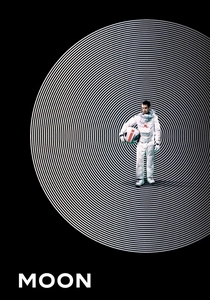
Moon (2009)
Description: A psychological thriller set on a lunar base, dealing with isolation and identity in a confined space environment.
Fact: The film's budget was relatively low, but its practical effects and minimalist design received critical acclaim.
 Watch Now
Watch Now 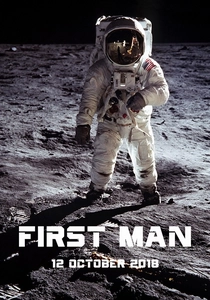
First Man (2018)
Description: Chronicles the challenges and risks of early space travel, focusing on the personal and technical struggles of astronauts.
Fact: The lunar landing scenes were shot using IMAX cameras to enhance the immersive experience.
 Watch Now
Watch Now 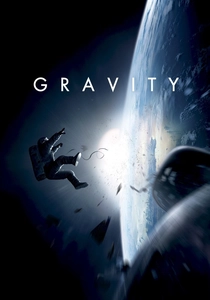
Gravity (2013)
Description: A tense survival story set in space, highlighting the isolation and dangers of extraterrestrial environments.
Fact: The film's opening shot is a continuous 12-minute take, one of the longest in cinema history.
 Watch Now
Watch Now 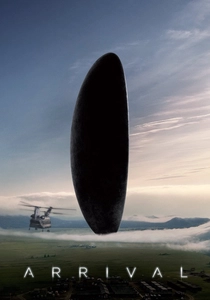
Arrival (2016)
Description: A cerebral take on first contact, focusing on linguistics and the challenges of communicating with an alien species.
Fact: The alien language in the film was created by a professional linguist to ensure it was scientifically plausible.
 Watch Now
Watch Now 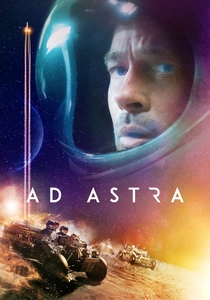
Ad Astra (2019)
Description: A contemplative journey through the solar system, blending personal drama with the vastness of space exploration.
Fact: The film's sound design intentionally avoids traditional space movie tropes, creating a more realistic auditory experience.
 Watch Now
Watch Now 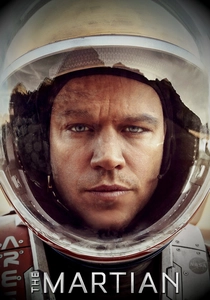
The Martian (2015)
Description: Focuses on human survival and ingenuity in the harsh environment of Mars, blending science with a gripping narrative.
Fact: The film's depiction of Martian agriculture was praised by NASA scientists for its accuracy.
 Watch Now
Watch Now 








